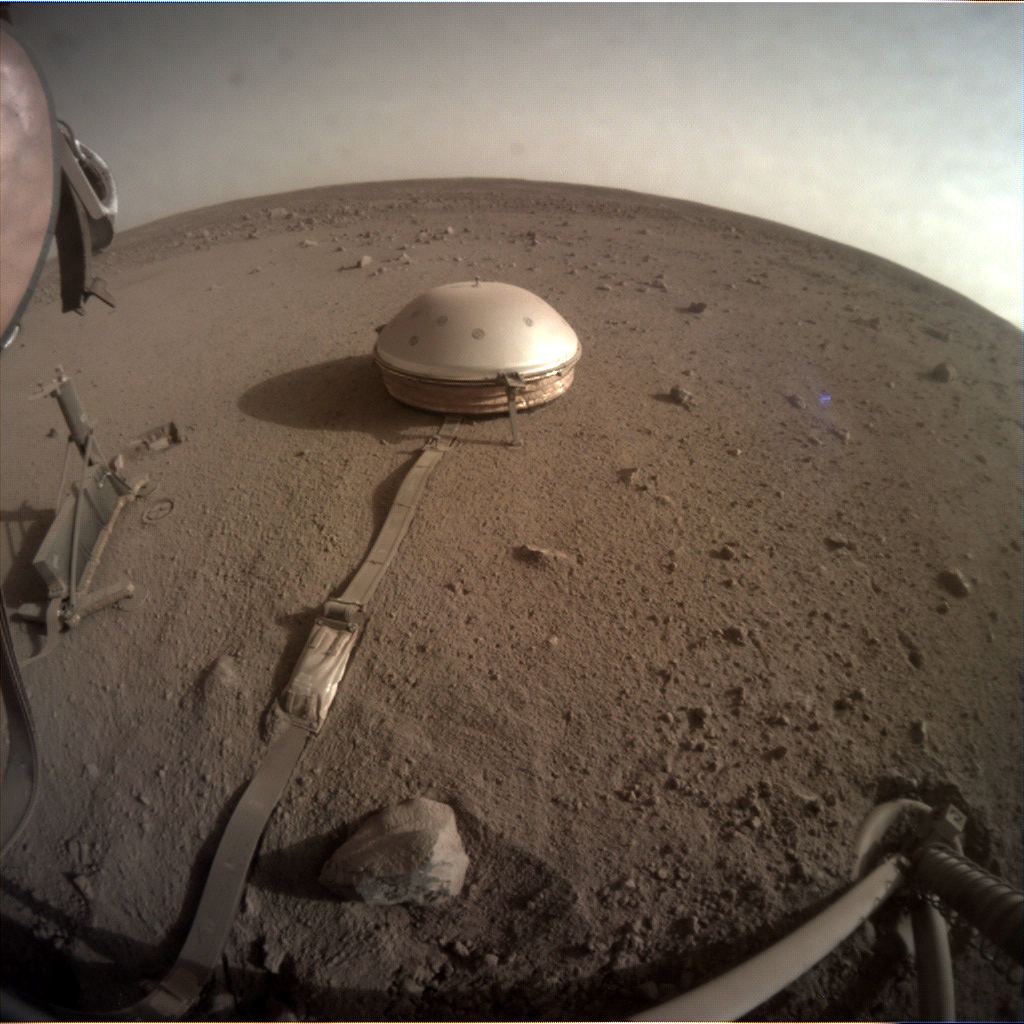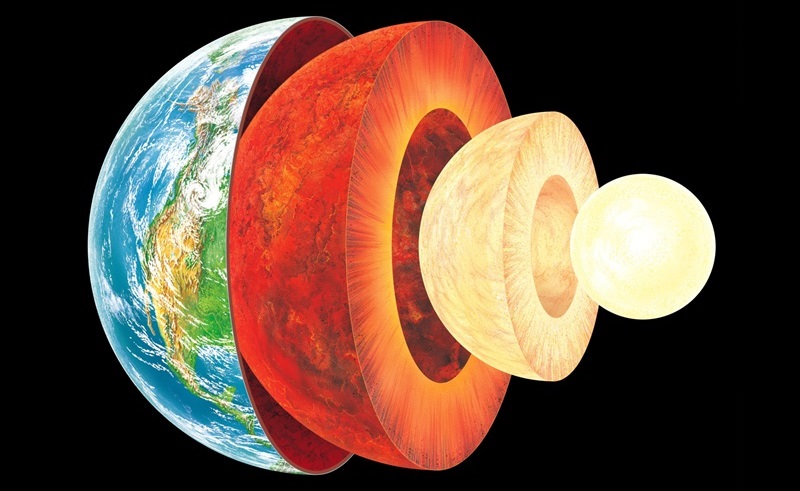Scientists theorize that within Earth’s interior, conditions are extremely hot and extremely pressurized. This is what allows for the primarily iron and nickel core to be divided between a solid inner region and liquid outer region. The dynamics of this core are believed to be responsible for driving our planet’s protective magnetosphere, which is why scientists are determined to improve their understanding of it.
Thanks to new research conducted by an international team of scientists, it appears that the core region also gets its fair share of “snow”! To put it another way, their research showed that within the outer core, tiny particles of iron solidify and fall to form piles up to 320 km (200 mi) thick on top of the outer core. These findings could vastly improve our understanding of the forces that affect the entire planet.
Continue reading “It’s Snowing Iron Near the Earth’s Core”




